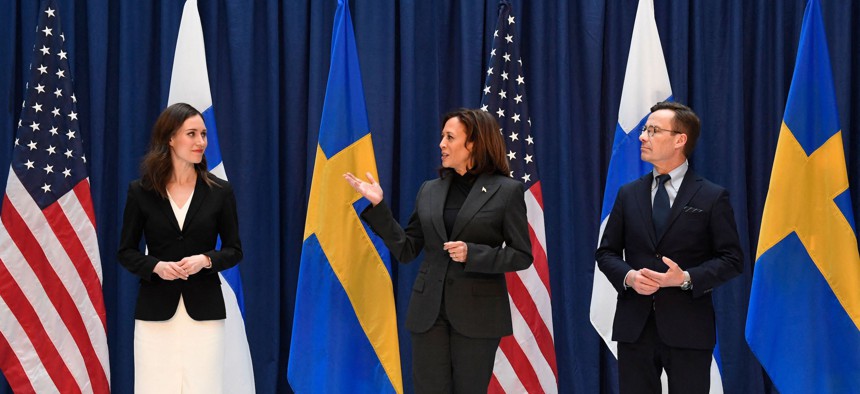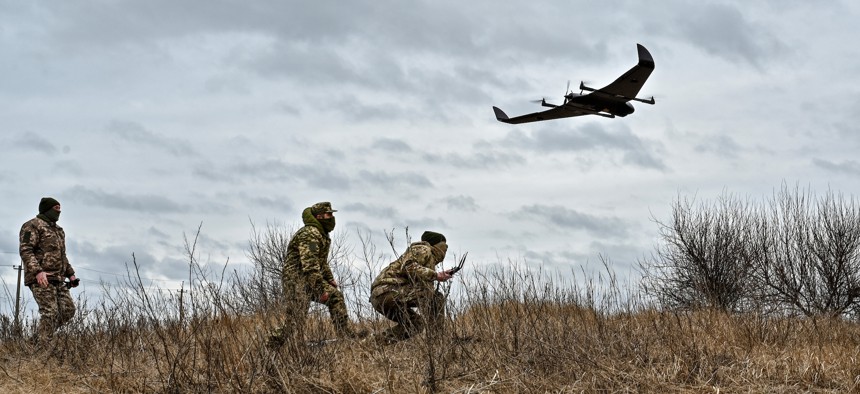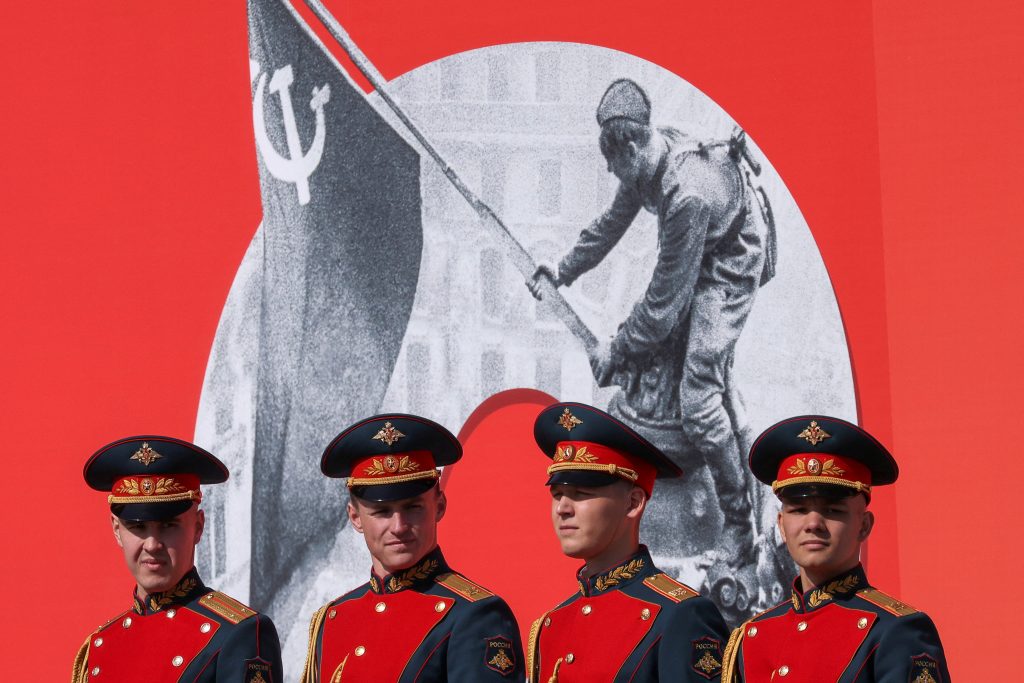Austin Bay
During its North American aerial odyssey, The Big Chinese Balloon passed within intel-gathering distance of ICBM silo fields, strategic bomber bases, key global logistics hubs (Charleston for example) and major Army and USAF headquarters.
The balloon wasn't just blowing in the wind. Its calculated military itinerary tells reasonable Americans and Canadians -- reasonable being a qualifier that excludes media influencers and politicians bribed or blackmailed by communist China -- that the balloon was spying on critical North American defense installations.
Which means it had a War Mission. Note I did not write "pre-War"; I wrote "War."
I'll explain why in a moment, but first due praise for The Wall Street Journal's February 20 article titled: "China's Newest Weapon to Nab Western Technology -- Its Courts."
According to the report, U.S. and EU officials "accuse China of using its courts and patent panels to undermine foreign intellectual-property rights and help Chinese businesses. They say China is focusing such efforts on industries it deems important, including technology, pharmaceuticals and rare-earth minerals."
Beijing has weaponized its legal system to steal technology.



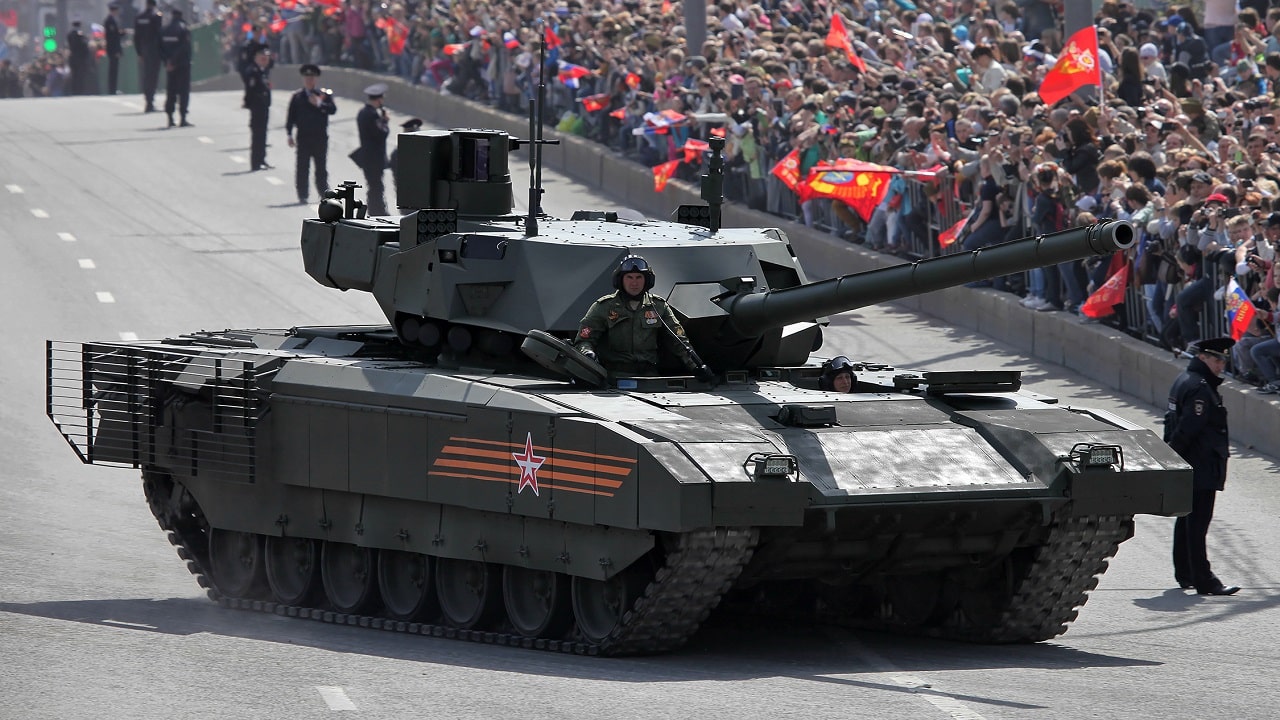




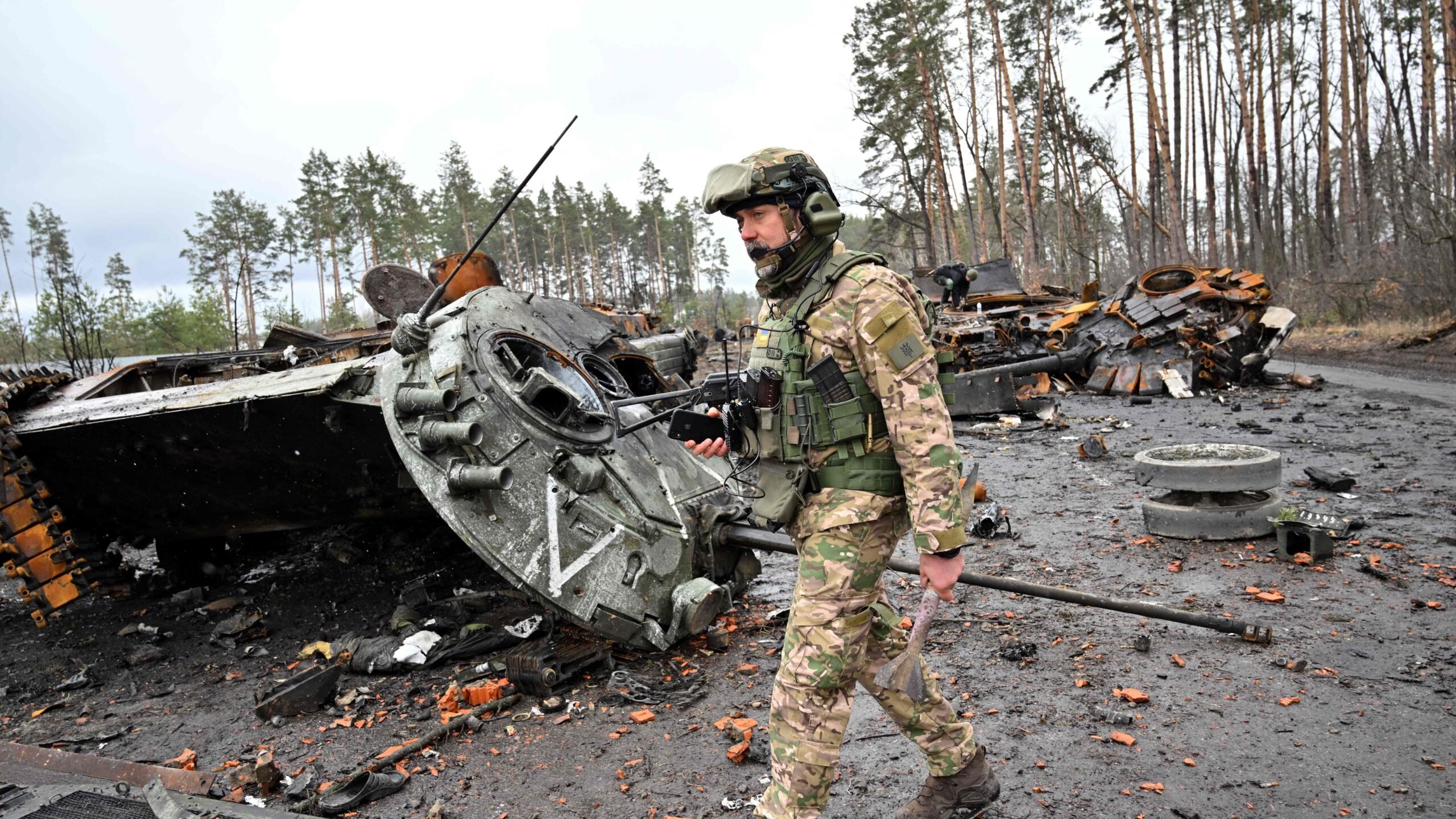
:quality(100)/cloudfront-us-east-1.images.arcpublishing.com/thesummit/DNCWUHVQ65HUFAY4C3NA3E26HA.jpg)
:quality(100)/cloudfront-us-east-1.images.arcpublishing.com/thesummit/ZQYVSGCVBRALZGZLWHW4RNOVXU.jpg)
:quality(100)/cloudfront-us-east-1.images.arcpublishing.com/thesummit/YJ4ZNXXZZFDLPJV2BEWK4JFW4U.jpg)
